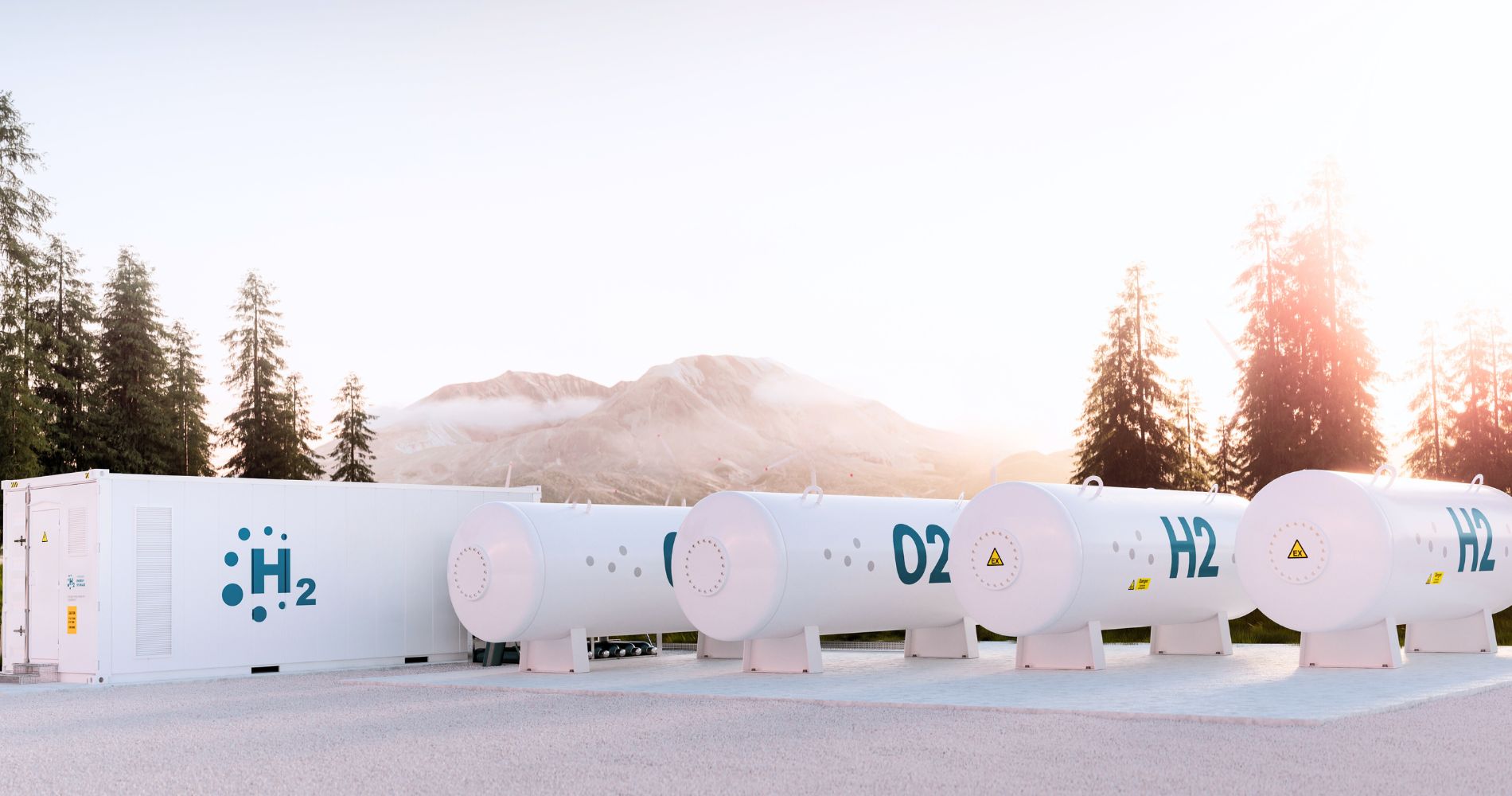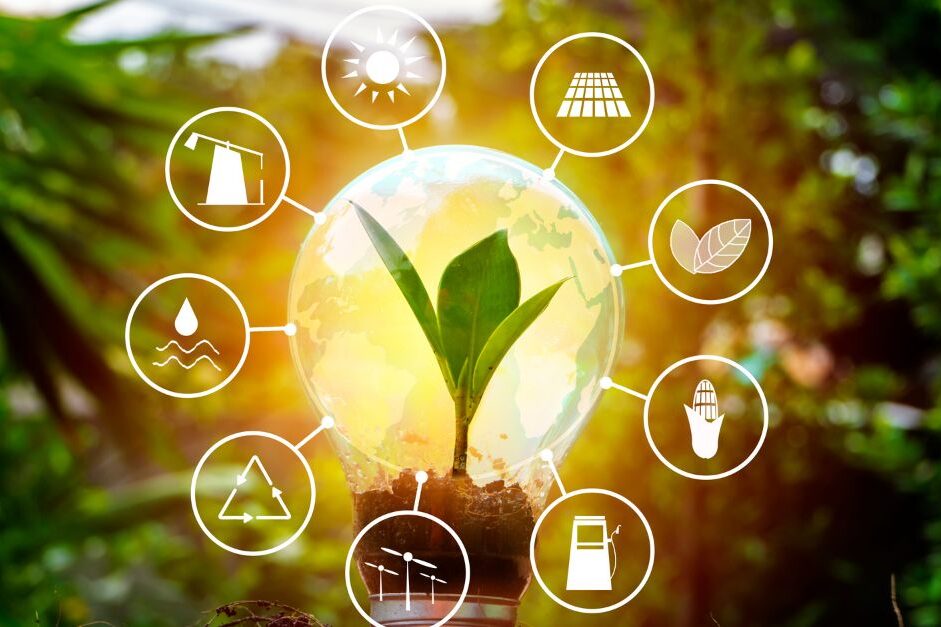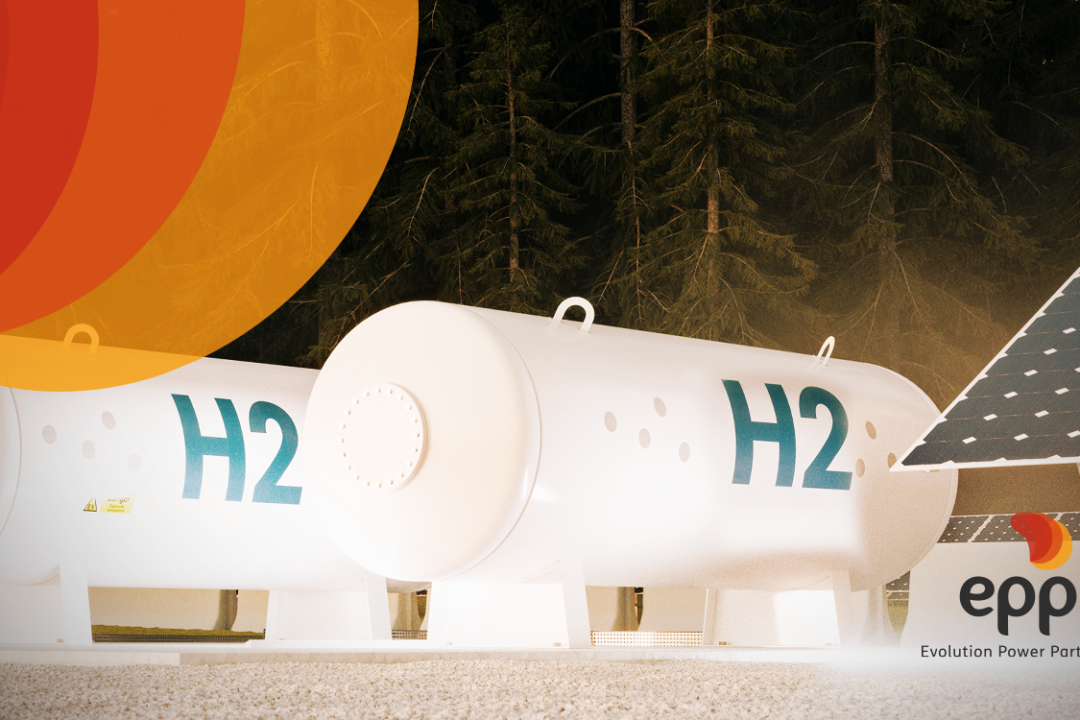In our ongoing search for clean and sustainable energy sources, hydrogen has emerged as a promising solution. This element, the most abundant in the universe, holds the promise of revolutionizing the global energy sector.
The Color Journey: Understanding Hydrogen
Hydrogen is not just an element; it represents a range of possibilities, each with its characteristics, advantages and challenges. Classification by “colors” helps us understand their origin and environmental impact:
Gray Hydrogen: This is the most common form of hydrogen produced today, originating primarily from the burning of natural gas. Although it is widely used, its production process emits a significant amount of carbon dioxide, making it less sustainable.
Blue Hydrogen: An evolution of gray hydrogen, blue is produced in a similar way, but with one crucial difference: the carbon dioxide produced is captured and stored. This reduces its environmental impact while still relying on fossil fuels.
Green Hydrogen: Herein lies the true promise of clean energy. Green hydrogen is produced through the electrolysis of water, a process that splits water into oxygen and hydrogen. When powered by renewable energy sources such as solar or wind, this process emits no carbon, making it a truly sustainable solution.
Brazil and “Green and Yellow” Hydrogen
Amidst these variants, Brazil comes up with an innovation: “green and yellow” hydrogen. This variation is produced from ethanol, a renewable source widely available in the country due to its vast production of sugar cane. Although this process releases some carbon dioxide, it is considered carbon neutral, as the CO2 comes from the sugarcane biomass, which absorbed that same carbon from the atmosphere during its growth.
Challenges and Opportunities
Like any innovation, the use of hydrogen as an energy source faces challenges. Transporting gas, especially over long distances, is complex and expensive. However, with investment and research, these obstacles can be overcome.
On the other hand, the opportunities are vast. Hydrogen can be used in several sectors, from industry to transport. In addition, its production can boost the creation of jobs, technological development and Brazil’s strategic positioning in the global energy scenario.
Conclusion
Hydrogen represents more than just an energy alternative; it symbolizes hope for a cleaner, more sustainable future. With the advancement of research and the adoption of favorable policies, hydrogen has the potential to become one of the main energy sources of the 21st century, taking humanity to a new level of sustainability and innovation.






